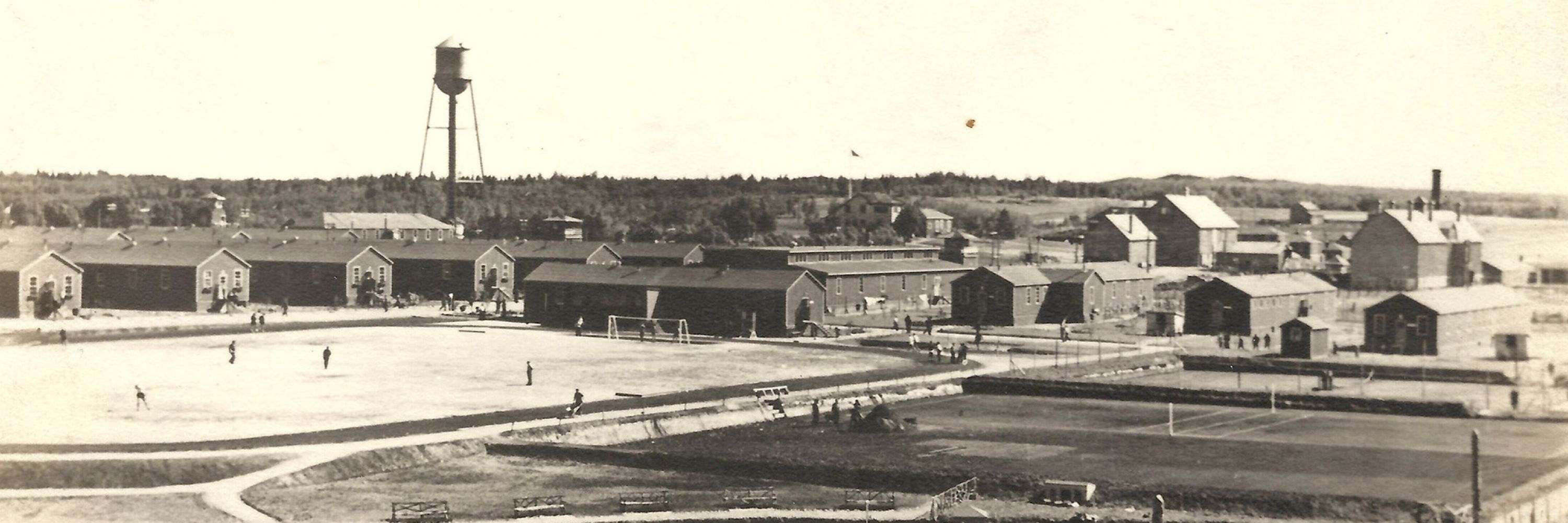
www.powsincanada.ca
Read more at powsincanada.ca/2025/05/20/w...

Read more at powsincanada.ca/2025/05/20/w...
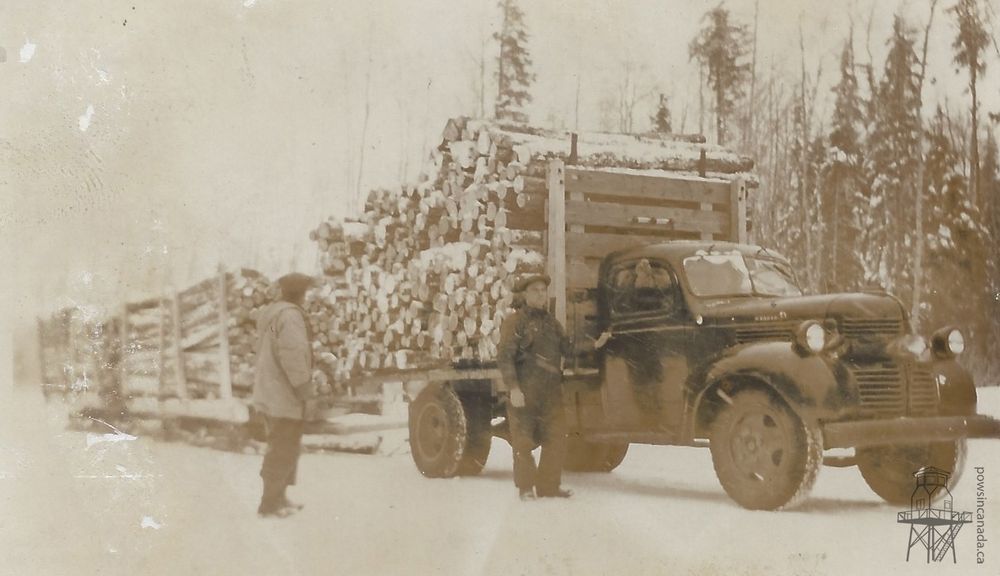
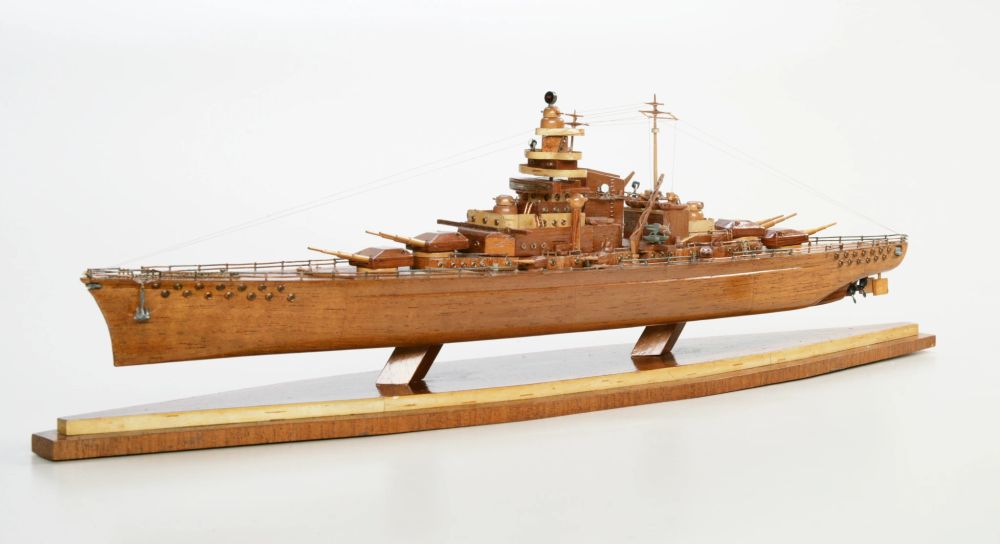
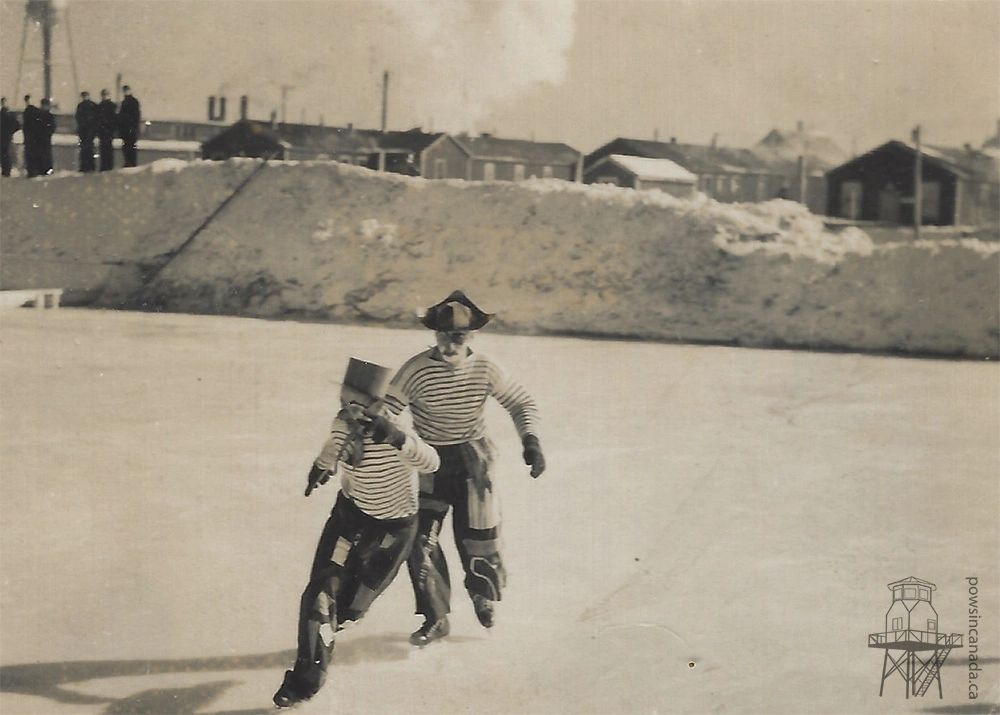
See more at the link below
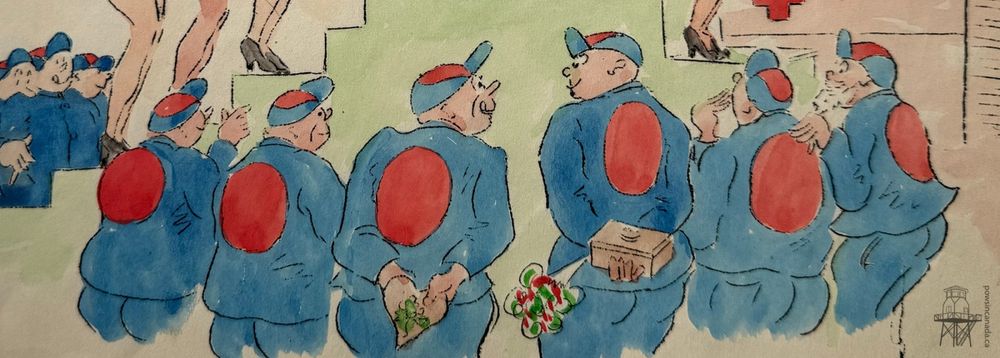
See more at the link below
![Cartoon print of a camp scene. Several internees mill about while a guard states “It’s so nice and homelike — But that Goddamn Parade [swearing symbols]”](https://cdn.bsky.app/img/feed_thumbnail/plain/did:plc:j6d27hrtwv5qe6azv7bptbqt/bafkreif3suoyq4vjx5hzc7epvtun4hfotwndjegvvyeyg7z3ex4dhht4ai@jpeg)

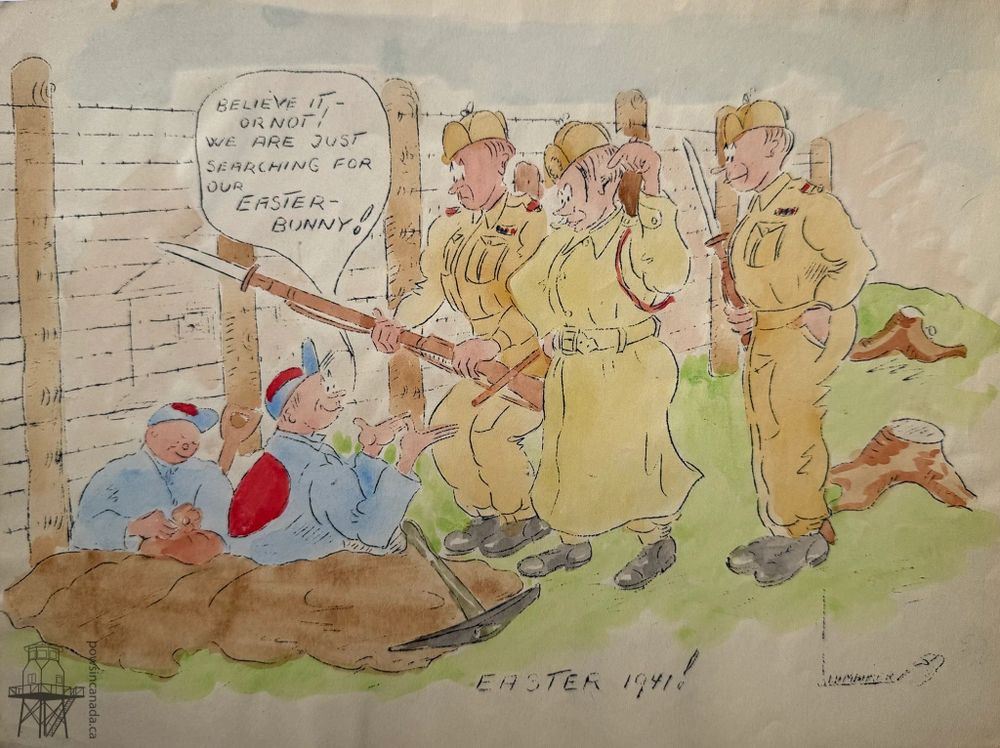
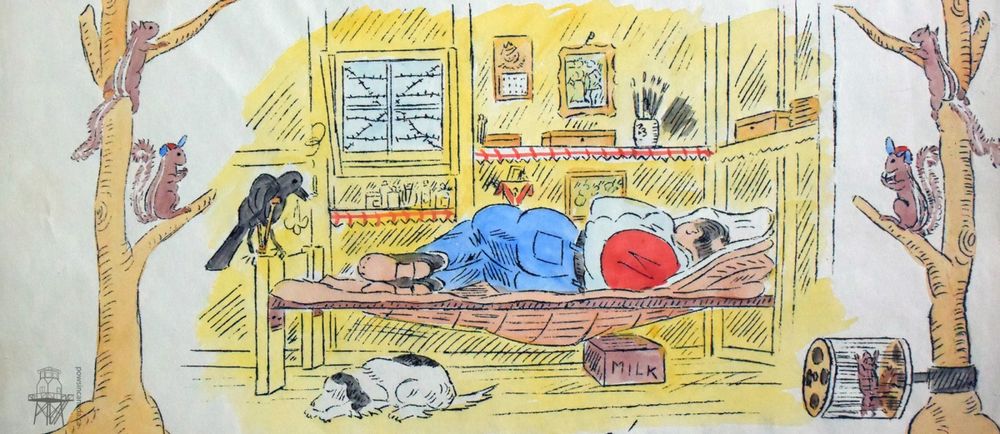

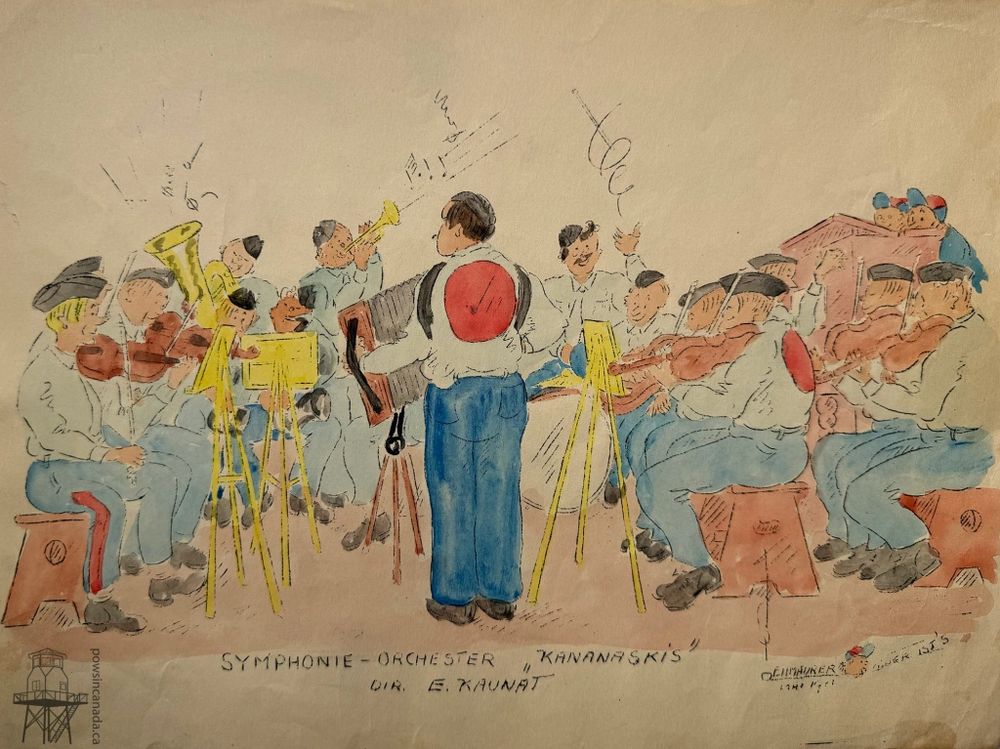

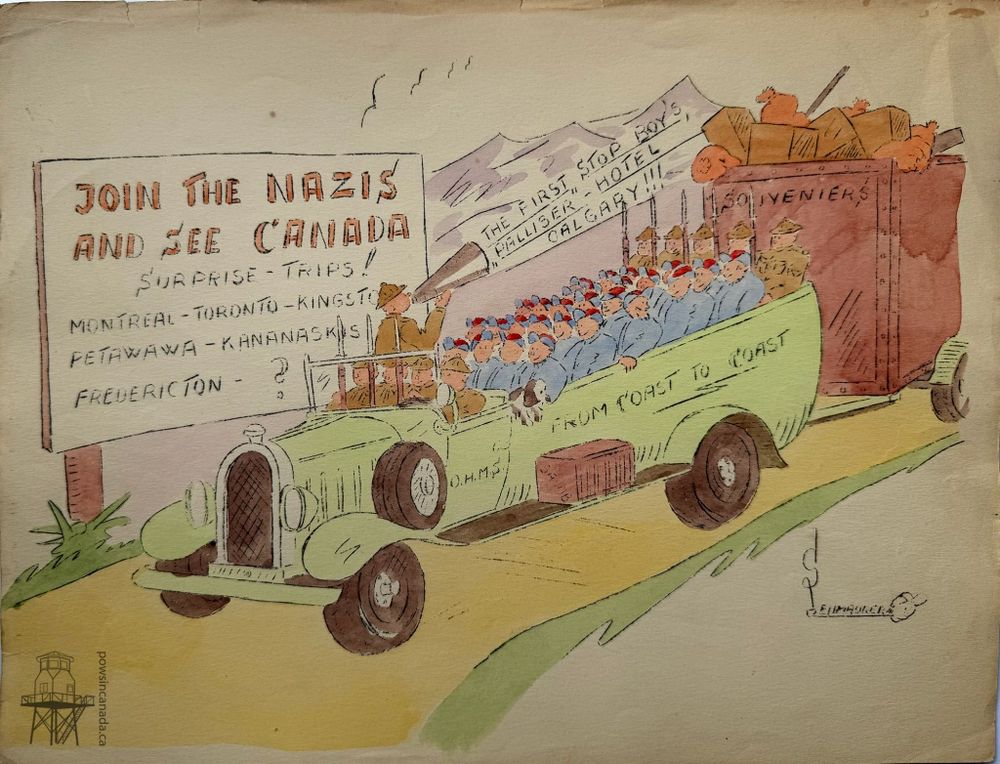
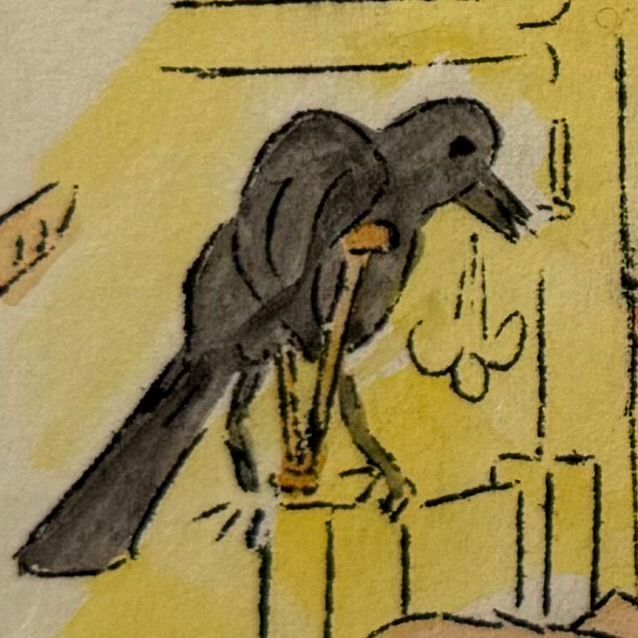
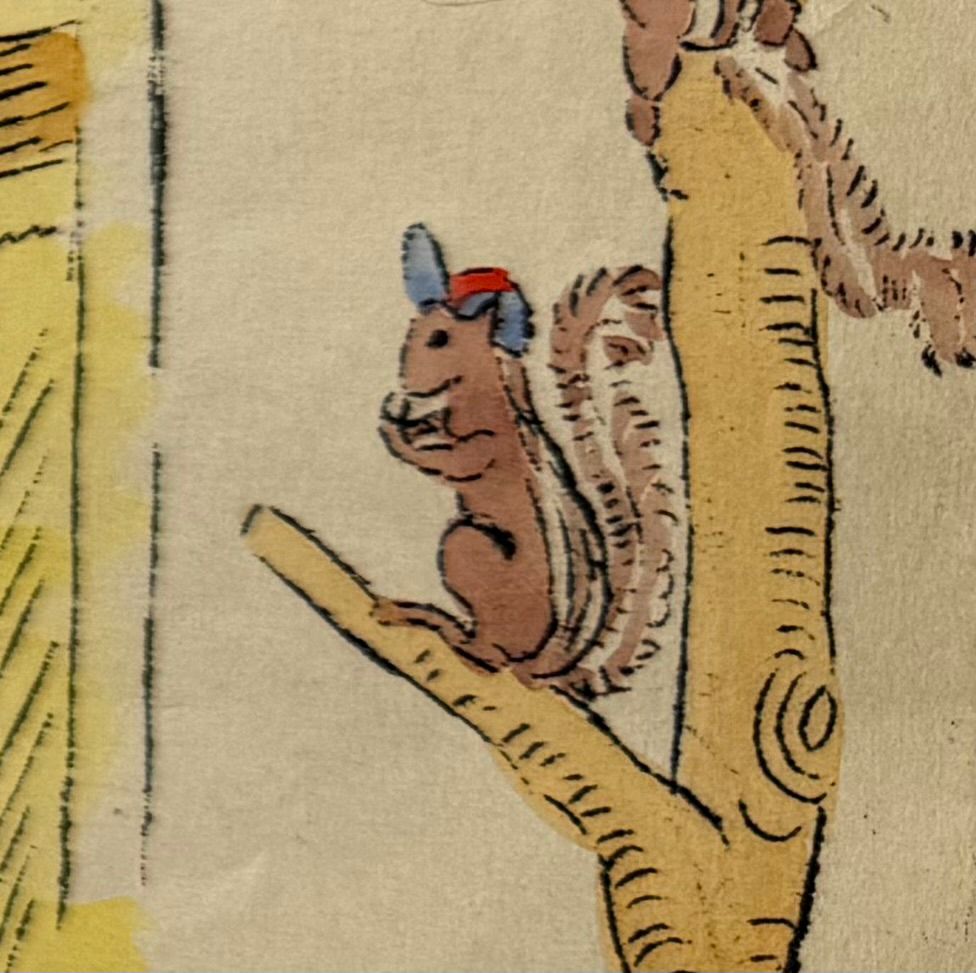

Works just like the mobile app.
Install this app on your iPhone: tap the share button and then Add to Home Screen.
Tap the Share button
in Safari's toolbar
Select "Add to Home Screen"
from the menu
Tap "Add"
The app will appear on your home screen






![Cartoon print of a camp scene. Several internees mill about while a guard states “It’s so nice and homelike — But that Goddamn Parade [swearing symbols]”](https://cdn.bsky.app/img/feed_thumbnail/plain/did:plc:j6d27hrtwv5qe6azv7bptbqt/bafkreif3suoyq4vjx5hzc7epvtun4hfotwndjegvvyeyg7z3ex4dhht4ai@jpeg)












Enter your Bluesky handle and app password to unlock posting, likes, and your Following feed.
Need an app password? Open Bluesky, go to Settings > App passwords, and create a new one.


Sign in with your Bluesky account to unlock posting, likes, and your Following feed.